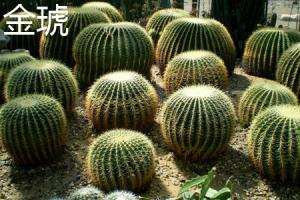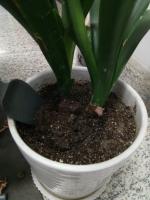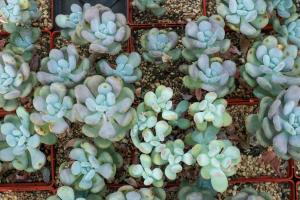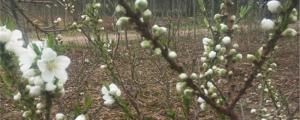Is a Palm Tree a Plant?
Palm trees are a common sight in tropical and subtropical regions. They are known for their tall and slender trunks, leafy fronds, and distinct shape that can vary from species to species. With their unique features, many people may be wondering whether palm trees are considered as plants or not. The answer is yes – a palm tree is a plant.
What Defines a Plant?
Plants are living organisms that belong to the kingdom Plantae. They are characterized by their ability to produce their own food by photosynthesis and possess features such as roots, stems, and leaves. In palm trees, their trunks, fronds, and roots fulfill the role of stems, leaves, and roots respectively. Because of these characteristics, palm trees are considered as part of the plant kingdom.
Palm Tree Classification
Although palm trees are classified as plants, they differ from other plant groups in their taxonomy. Palm trees are part of the Arecaceae family, which consists of more than 2,500 species of flowering plants. This family also has different subfamilies, such as Arecoideae, Ceroxyloideae, and Calamoideae, which classify the different types of palm trees. Each subfamily has unique features that distinguish it from the others. For example, the Arecoideae subfamily includes the popular coconut palm, while the Ceroxyloideae subfamily consists of more primitive, slow-growing species such as the wax palm.
The Ecological Importance of Palm Trees
Aside from being classified as plants, palm trees play a crucial role in the global ecosystem. They provide habitats for various animals, including birds, insects, and mammals. In particular, certain species such as the babassu and date palm are valuable sources of food and shelter for many people living in tropical regions. Additionally, palm trees are also beneficial in mitigating climate change. They absorb carbon dioxide and release oxygen through photosynthesis, which helps reduce the amount of harmful greenhouse gases in the atmosphere.
Care and Maintenance
Since palm trees are plants, they require proper care and maintenance to thrive. They do best in areas with warm climates, moderate rainfall, and well-draining soil. Palm trees should be protected from extreme temperatures and harsh winds that can damage their fronds and trunks. Careful pruning and removal of damaged or dead fronds are also necessary to keep palm trees healthy. Additionally, fertilizers and water should be provided in the right amounts to ensure optimal growth and development.
In Conclusion
Overall, palm trees are considered as plants and are part of the Arecaceae family. Although they have unique features that distinguish them from other plant groups, they fulfill the characteristics of plants by producing their own food and having roots, stems, and leaves. Palm trees play a vital role in the global ecosystem, providing habitats for various animals and mitigating climate change. Proper care and maintenance are essential to keep palm trees healthy and thriving.

 how many times do yo...
how many times do yo... how many planted tre...
how many planted tre... how many pine trees ...
how many pine trees ... how many pecan trees...
how many pecan trees... how many plants comp...
how many plants comp... how many plants can ...
how many plants can ... how many plants and ...
how many plants and ... how many pepper plan...
how many pepper plan...
































